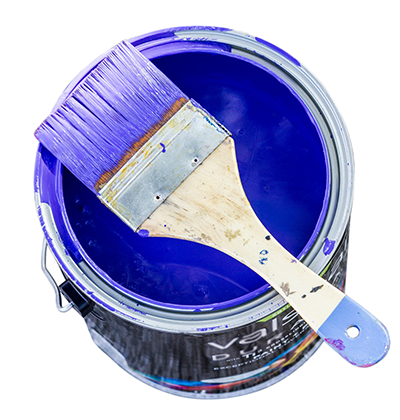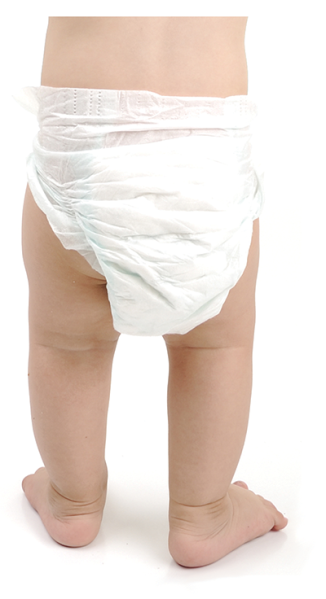We know you’re primed for Amazon Prime Day. But once you’ve received the items you’ve ordered, what are you going to do with all the shipping materials? Reuse and recycle them, of course!
Keep some around
Used boxes and shipping materials can come in handy when you have a gift to wrap or something to store or ship. Set aside a tote, cabinet or shelf to store used shipping materials. It will save you time and money.

Boxed in? Boxes out!
All cardboard shipping boxes are 100-percent recyclable. They can be recycled in your curbside recycling bin or at your local drop-off recycling center. Be sure to break them down before recycling to save space.
Films a-plenty
Most plastic film shipping materials can be recycled along with your plastic shopping bags at grocery stores and big box stores. These include air pillows, bubble wrap, plastic envelopes (including bubble-wrap lined and Tyvek™), and the film and foam wrap from new household items such as appliances and furniture. Always remove address labels from envelopes before recycling. And since you also need to pop bubble wrap and air pillows before recycling, give them to the kids for a few moments of loud fun.

What about Styrofoam™?

If you purchase furniture or appliances, you’re bound to get Styrofoam™ (a.k.a. EPS: expanded polystyrene) shipping materials at some point. The only place in the Kansas City region that recycles EPS molds, blocks, and coolers is ACH Foam Technologies, 1400 N. 3rd St., Kansas City, KS, (913) 321-4114. EPS must be clean: no dirt, debris, tape, tape residue, labels, glue, marker, or discoloration. Please note: no other type of polystyrene is recyclable in the metro area, including packing peanuts and food and beverage containers (cups, takeout containers, egg cartons, meat trays, etc.).
UFO (unidentified foam objects)

Last year, Amazon started shipping items in these new brown paper envelopes. The envelopes state that they are recyclable. However, customers were skeptical when they found that the cushioning was a white, crumbly, foam-like substance. Amazon confirmed that during the recycling process, this cushioning material (a type of expanded adhesive) is separated from the recyclable paper fibers. So these envelopes can be recycled in your curbside recycling bin or with cardboard at your local drop-off recycling center.
Yes, there’s a “no list”

Two types of shipping materials that cannot be recycled are paper envelopes lined with bubble wrap and PE-LD (low-density polyethylene). Often mistaken for polystyrene, PE-LD is different in the following ways: it’s squeezable, it bends but does not break, and it’s labeled with a #4 plastic resin code (polystyrene is #6). Reuse options include shipping, storage and crafting.
To find out where to recycle your shipping materials, visit RecycleSpot.org.






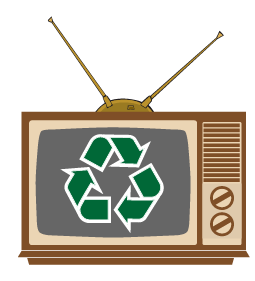

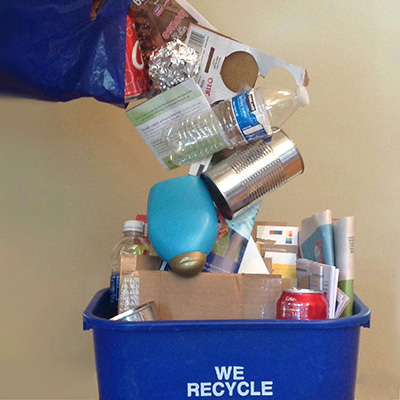 Contamination is the term used by the recycling industry to describe anything in a recycling bin that shouldn’t be there. Contamination decreases the value of recyclables, increases processing costs, can be dangerous for workers and can cause your recyclables to be sent to the landfill. The average contamination rate among communities and businesses is currently about 25 percent. That means that roughly one in four items placed in a recycling bin is not actually recyclable.
Contamination is the term used by the recycling industry to describe anything in a recycling bin that shouldn’t be there. Contamination decreases the value of recyclables, increases processing costs, can be dangerous for workers and can cause your recyclables to be sent to the landfill. The average contamination rate among communities and businesses is currently about 25 percent. That means that roughly one in four items placed in a recycling bin is not actually recyclable.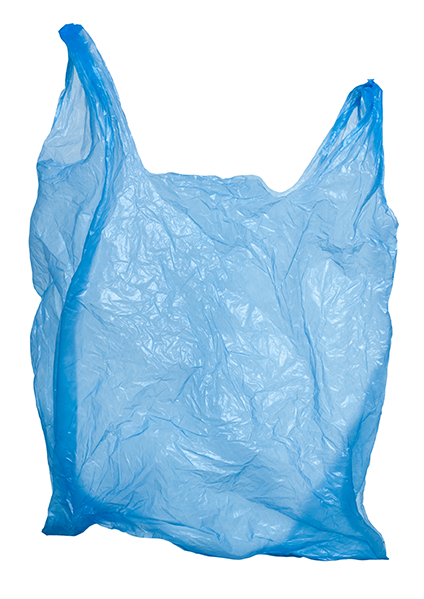
 Food & liquids — Food and liquids can ruin an entire load of recyclables and send them straight to the landfill.
Food & liquids — Food and liquids can ruin an entire load of recyclables and send them straight to the landfill.